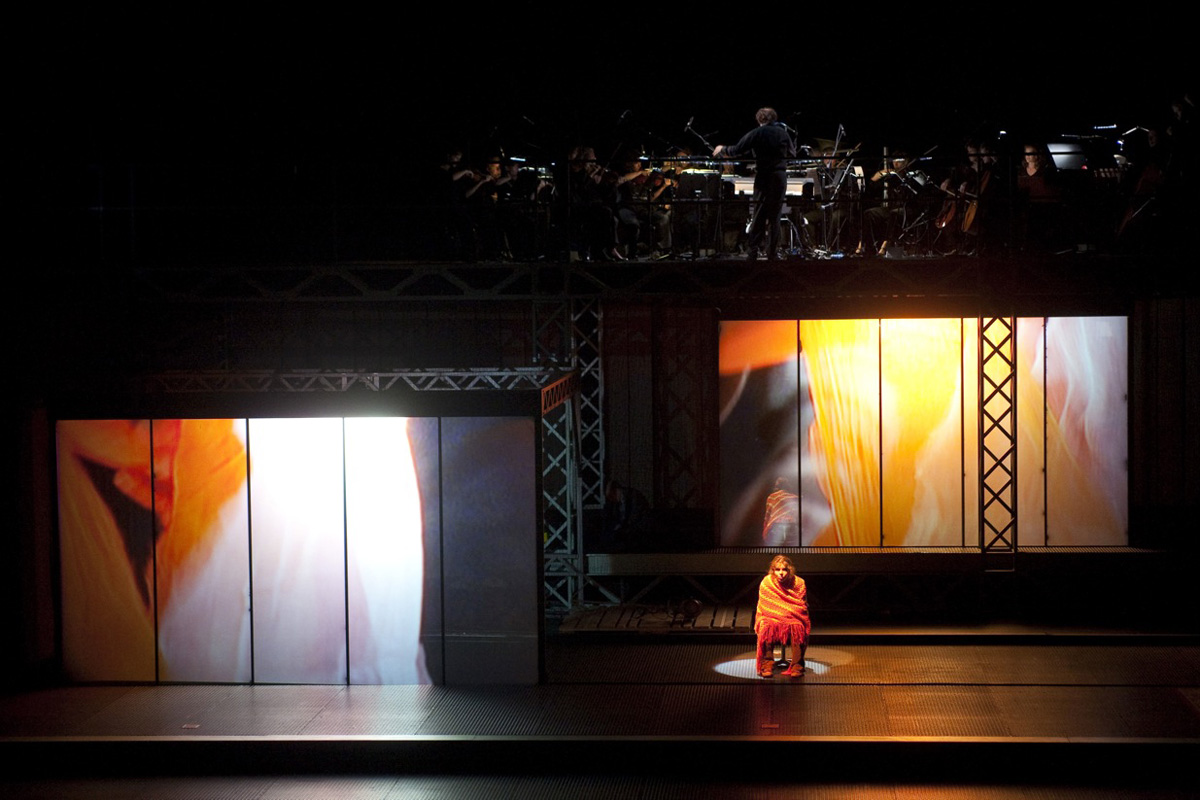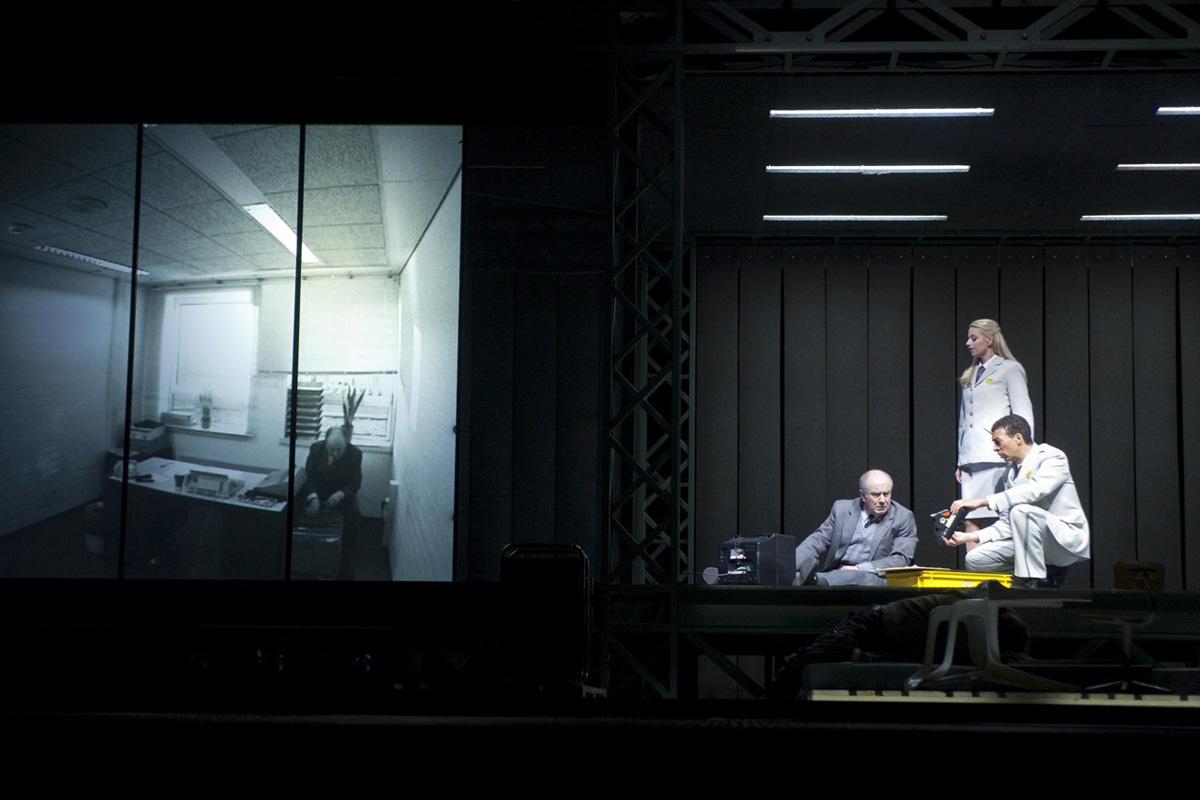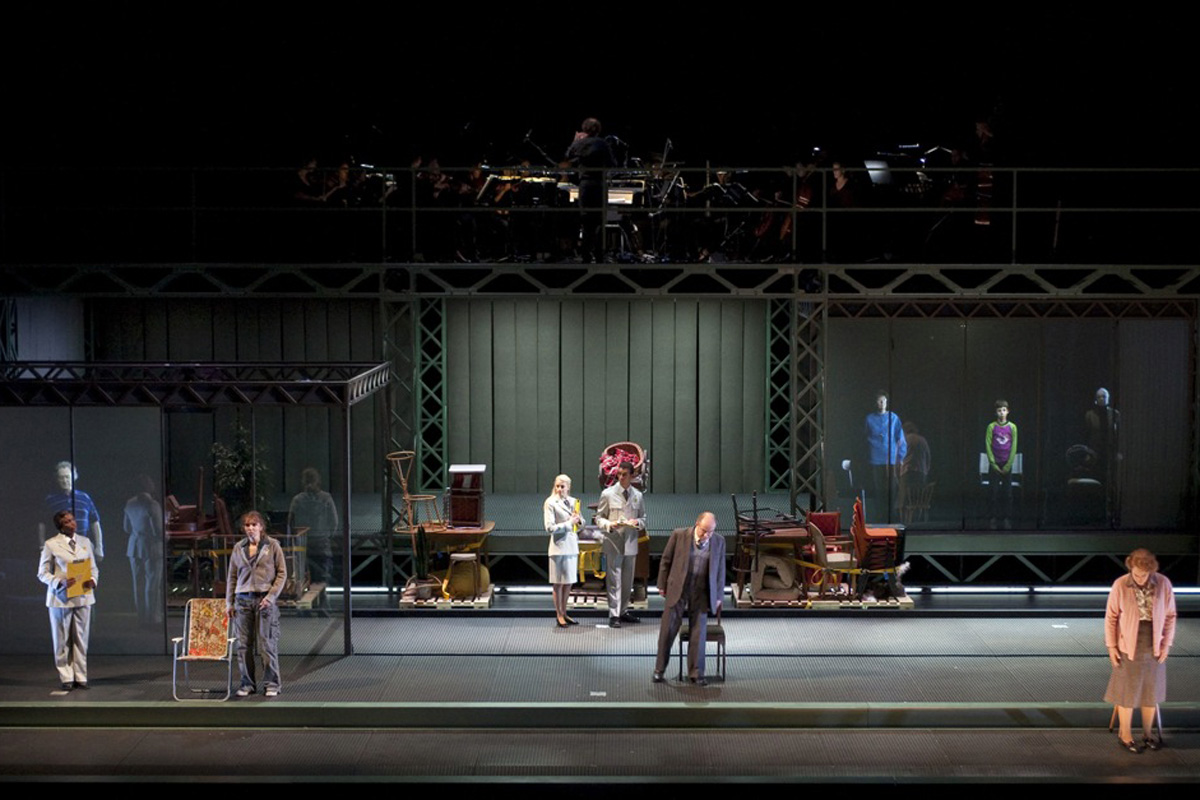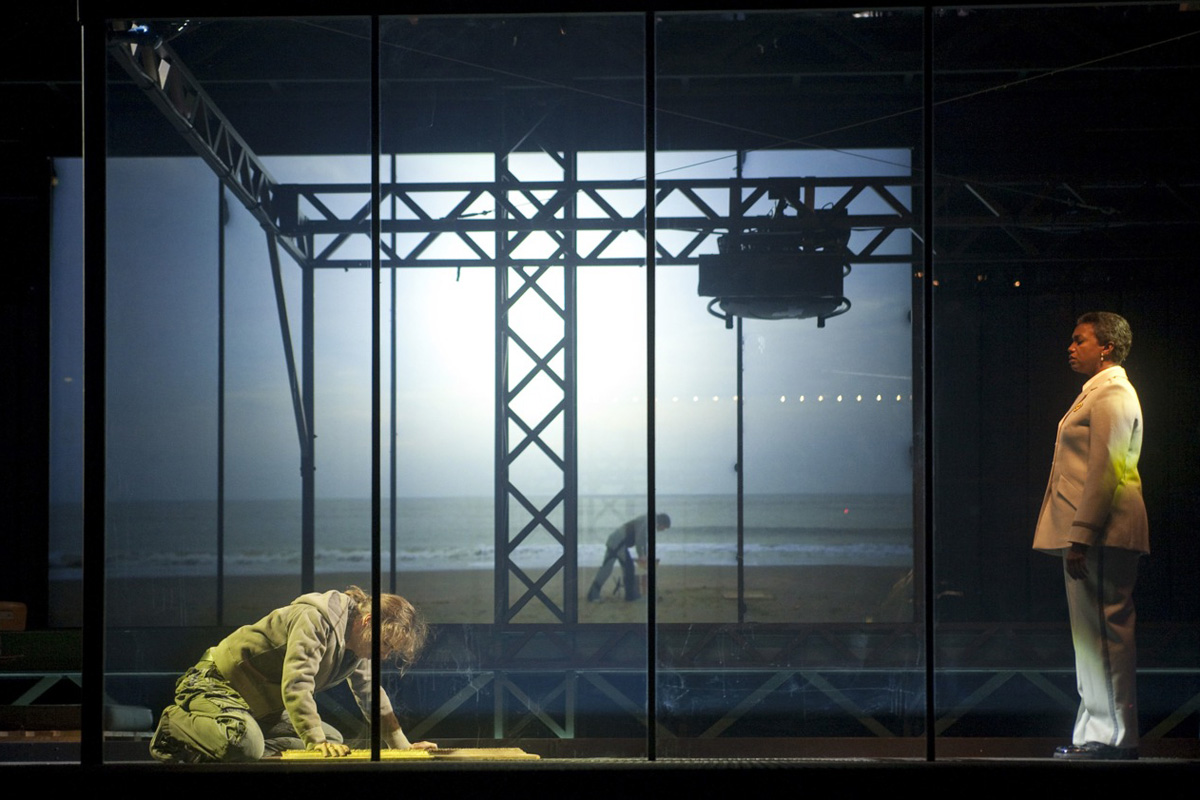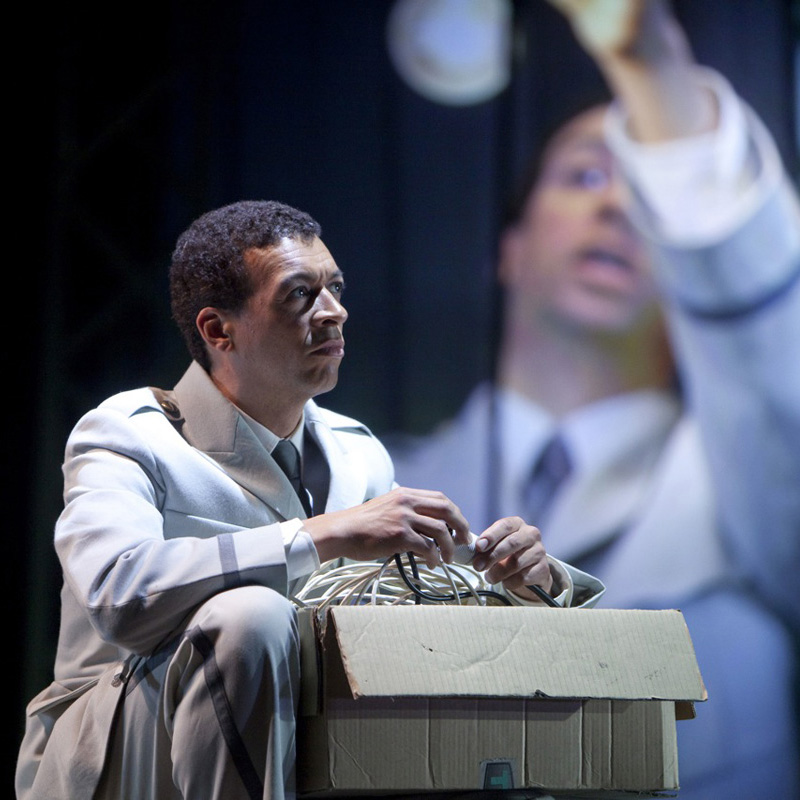Michel van der Aa talks about his opera After Life
Martin Cullingford
Tuesday, May 4, 2010
In most forms of creative media – from journalism to visual art – technology has broken down the traditional barriers that once delineated genres. Artists use sound, print journalists work within the multimedia online environment, and both can, and do, use interactivity to enhance the audience experience. But in classical music it is rarer for a composer to draw on different disciplines in their work.
But not for Dutch composer Michel van der Aa. For him, music is only part of the story. When writing a new work, multimedia is not a directorial afterthought but an integral part of the creative process. As his publicity material puts it: “Staging, film and music are seamlessly interwoven into a collage of transparent layers”.
How did this holistic approach to artistic creation come about? “Very gradually,” he says. “I noticed I was writing more and more comments in the scores about what people should do”. An early work involved two percussionists, one of whom didn’t actually make a sound – they mimed the action of drumming, but slowly fell out of synch with the other one. The visual disorientation was an integral part of the performance.
It’s not an ambition he’s taken lightly. As well as studying composition with, among others, Louis Andriessen, Van der Aa also trained as a recording engineer, studied film direction at the New York Film Academy, and honed his stagecraft in the Lincoln Center Theater Director’s Lab.
On May 15 his opera After Life, a work using music, film and drama, comes to the London Barbican. First performed in 2006, Van der Aa has returned to the score, rewriting some of the music to be less sparse, “to make it a bit more colourful”, and cutting out two characters “to make the storyline more clear”.
Based on the 1998 Japanese film of the same name by Horokazu Koreeda, the premise is that the newly deceased find themselves in a mid-point between earth and heaven, in which they choose the one, defining memory they want to take to eternity with them. The story –“a universal, humanistic story” says Van der Aa – was an obvious choice when Netherlands Opera approached him to write an opera.
Film is integral to the piece. When he began preparing it, Van der Aa staged auditions in which he invited the attendees to talk about their defining moment. Some walked out, others opened up in ways that surprised him, and four of them found their way into the opera as films. At another point, as a character talks about the dream she wants to create, we see her moving between being present on stage and depicted on film, the score underpinning this change of perspective. “You can’t judge Afterlife only on the sound – it’s an entirety,” says Van der Aa.
Though his next project, a concerto for cellist Sol Gabetta, will also involve film, Van der Aa points out that he also composes what we might call straight music. Though to see it in such terms would be to fall into the very trap his work is striving to escape – a world where artists and their creations are limited by the labels put on them.
After Life is at the Barbican on May 15. You can find out more about Michel Van der Aa at vanderaa.net / twitter.com/vanderaanet
Click on any of the images below to open the Gallery.
Martin Cullingford




